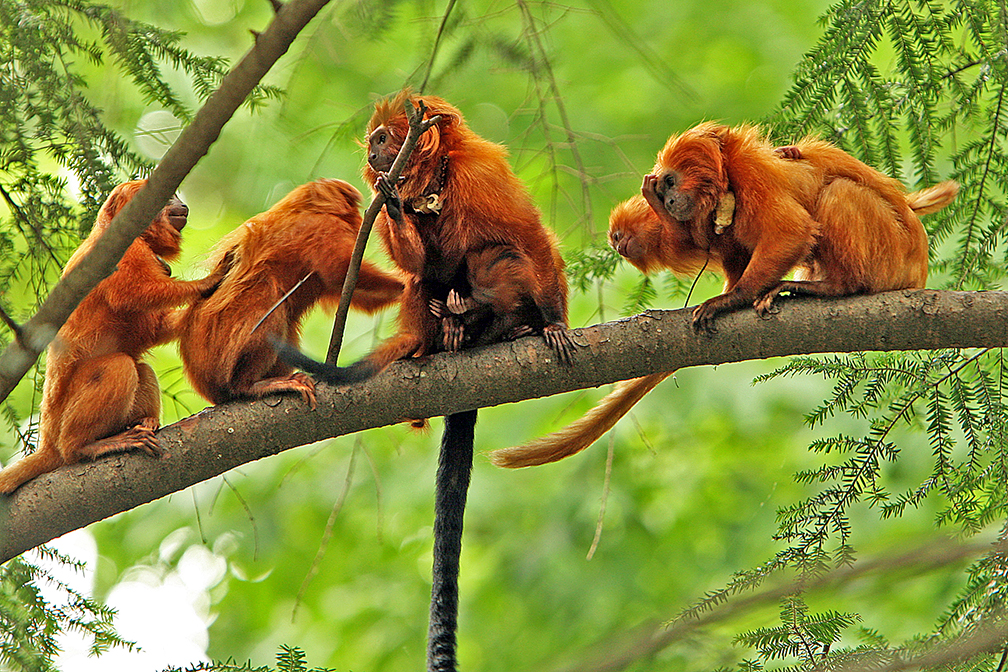
Conservation, similar to International Aid, is a well-intentioned industry fraught with inefficiencies. In this article, the authors explore many different issues facing the conservation industry from mis-allocated endangered species funding in the United States to ideas on how to get the most out of limited land acquisitions for sanctuaries. The authors highlight that the classical idea of “fencing-off” areas to prevent further environmental degradation is often wasted on large swaths of land with limited biodiversity, as in the American West, instead of being applied where more “bang for your buck” could be achieved, such as the Appalachians. As was the case in Poverty, Inc., where it was highlighted that ideologically motivated charitable efforts can run afoul of their stated purpose when inefficiencies begin to compound, the world of ecological conservation is likely in need of a makeover. The article concludes with a stinging indictment about the current conservation industry: “Dyed-in-the-wool greens who bridle at talk of ‘return on investment’ or ‘cost-benefit analysis’ need to grow up.” Through implementing some of the recommendations that this article proposes, conservation agencies may be able to accomplish more than ever before with their existing, if limited budgets, thereby saving plenty of green while saving their own “green.”
Full article here: https://www.economist.com/science-and-technology/2019/02/09/how-to-preserve-nature-on-a-tight-budget

